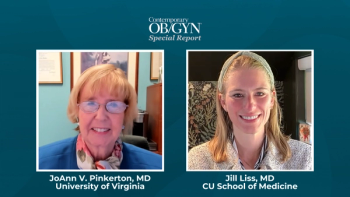
Is HPV DNA triage of ASCUS cost-effective?
Yes, says a new cost comparison of immediate colposcopy, HPV DNA testing, and conservative management in nearly 3,500 women over a 2-year period. The data are from ALTS?atypical squamous cells of undetermined significance [ASCUS] and low-grade squamous intraepithelial lesion [LSIL] Triage Study.
Yes, says a new cost comparison of immediate colposcopy, HPV DNA testing, and conservative management in nearly 3,500 women over a 2-year period. The data are from ALTS-atypical squamous cells of undetermined significance [ASCUS] and low-grade squamous intraepithelial lesion [LSIL] Triage Study.
Costs of repeat screening or triage tests, office visits, and colposcopy with and without biopsy were included in the model, which was developed by the ALTS Group. Neither nonmedical nor patient-time costs were included, nor does the analysis offer an estimate of cost per year of life or quality-adjusted life-year gained.
What the model did show, however, was that conservative management with repeat cytology once and a high-grade squamous intraepithelial lesion as the threshold for colposcopy was the cheapest-but also least sensitive-strategy. The incremental cost-effectiveness ratio for HPV DNA testing was $3,517 and held true when treatment costs were taken into account.
Kulasingam SL, Kim JJ, Lawrence WF, et al. Cost-effectiveness analysis based on the atypical squamous cells of undetermined significance/low-grade squamous intraepithelial lesion Triage Study (ALTS). J Natl Cancer Inst. 2006;98:92-100.
Newsletter
Get the latest clinical updates, case studies, and expert commentary in obstetric and gynecologic care. Sign up now to stay informed.



















